9 curious facts that show a different side of the past
Categories: People | Photo project | Society | World
By Vika https://pictolic.com/article/9-curious-facts-that-show-a-different-side-of-the-past.htmlHave you heard that women had to fight for their right to smoke in public, or that children's cough syrup contained morphine?
We have collected some interesting facts about our past.
9 PHOTOS
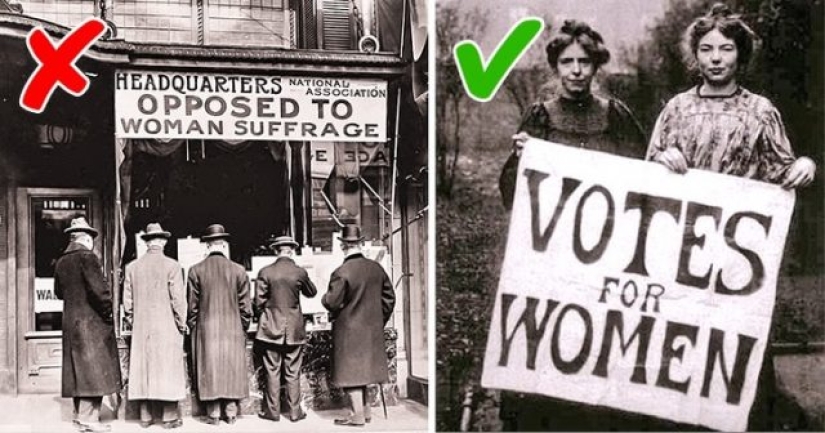
1. Women had to fight to smoke in public.
Women were not always allowed to smoke in public. In fact, at the beginning of the 20th century, the anti-tobacco movement was directed mainly at women and children. Smoking was considered a dirty habit, and women's smoking was seriously condemned by society.
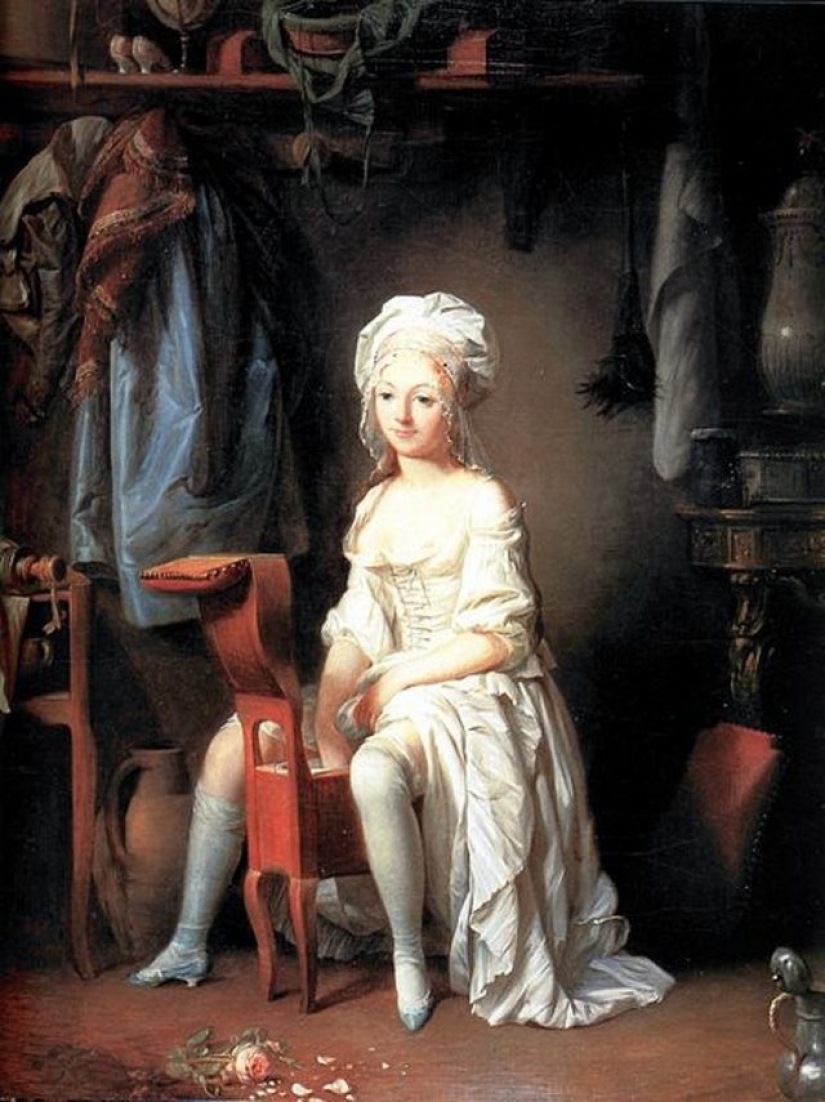
2. The bidet is an old invention.
Surprisingly, in the past, there was a prototype of the modern bidet. It was an invention of French furniture makers in the 17th century. It is recorded that Maria Carolina of Austria and the Queens of Naples and Sicily requested a bidet for their room in the Royal Palace.
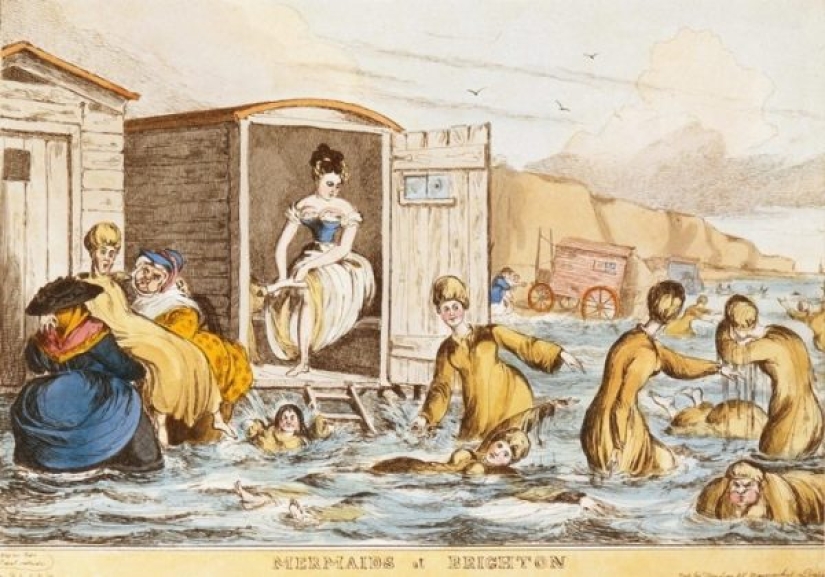
3. Dresses were used for public bathing.
"Bathrobes", as they were then known, were used for public bathing in the late 18th century, which was the most common method of maintaining hygiene at the time.
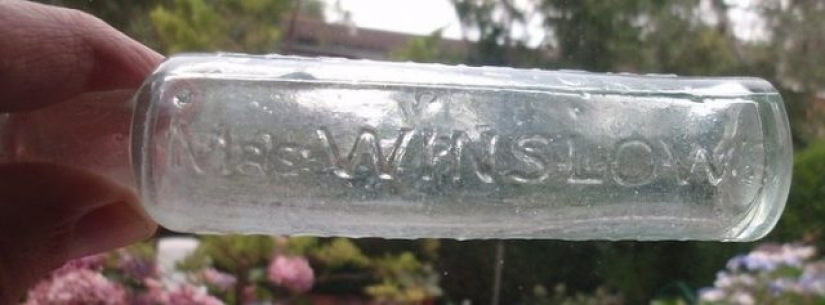
4. Children's cough syrup contained morphine.
Mrs. Winslow's soothing syrup was a popular remedy. The most interesting thing is that it mainly consisted of morphine. It was claimed that it "could soothe any person or animal" and it was used effectively to treat teething in infants and children. It was sold in the UK and the US.

5. Indians invented Arabic numerals.
Arabic numerals, also called Hindu Arabic numerals today, are the world's most widely used symbolic representation of numbers. Despite the name, they were created by Indian mathematicians around 500 AD.
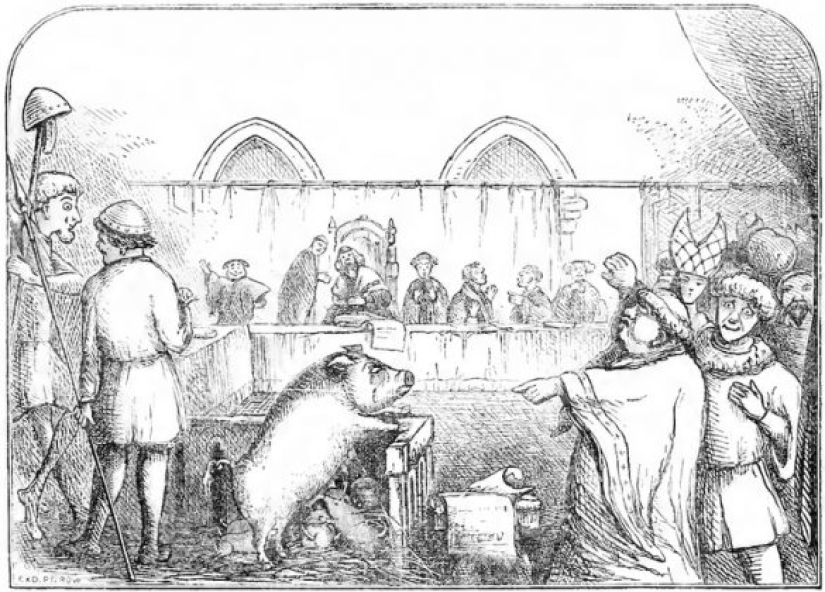
6. Animals were put on trial in the Middle Ages.
Animals in the Middle Ages were subject to accusations in many parts of Europe. The earliest evidence of an animal trial is the pig trial in 1266 at Fontenay-aux-Rose.
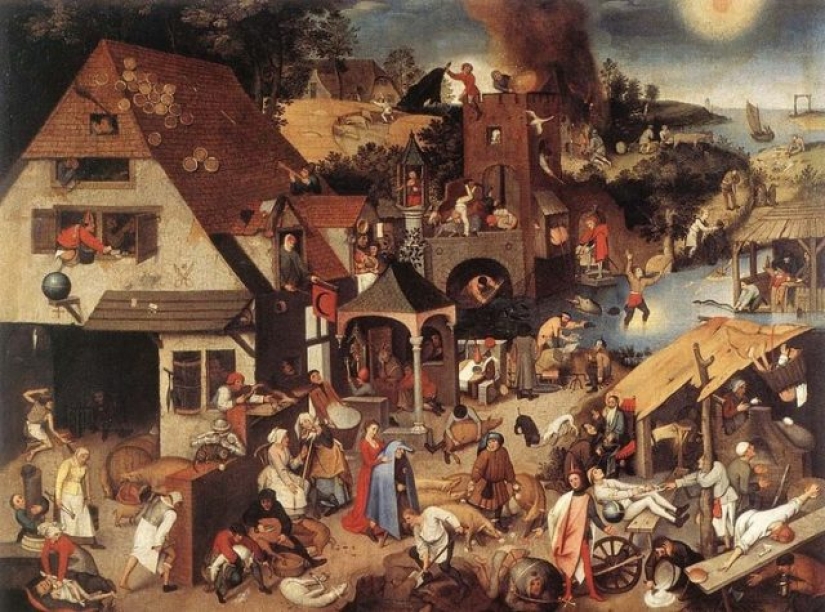
7. Medieval streets were really dirty.
Until the 18th century, street cleaning was not implemented. This is why most of the medieval streets, which are considered charming and beautiful these days, were covered in feces (both human and animal), urine, animal carcasses, and rotting food.

8. The swastika has always been a symbol of goodness.
The swastika has a history of over 3,000 years, during which time it actually used to symbolize goodness and peace before the Nazis gave it a different meaning. Many ancient cultures around the world, including early Christians, Jews, Hindus, Buddhists, and even Native Americans, still use various interpretations of the swastika.
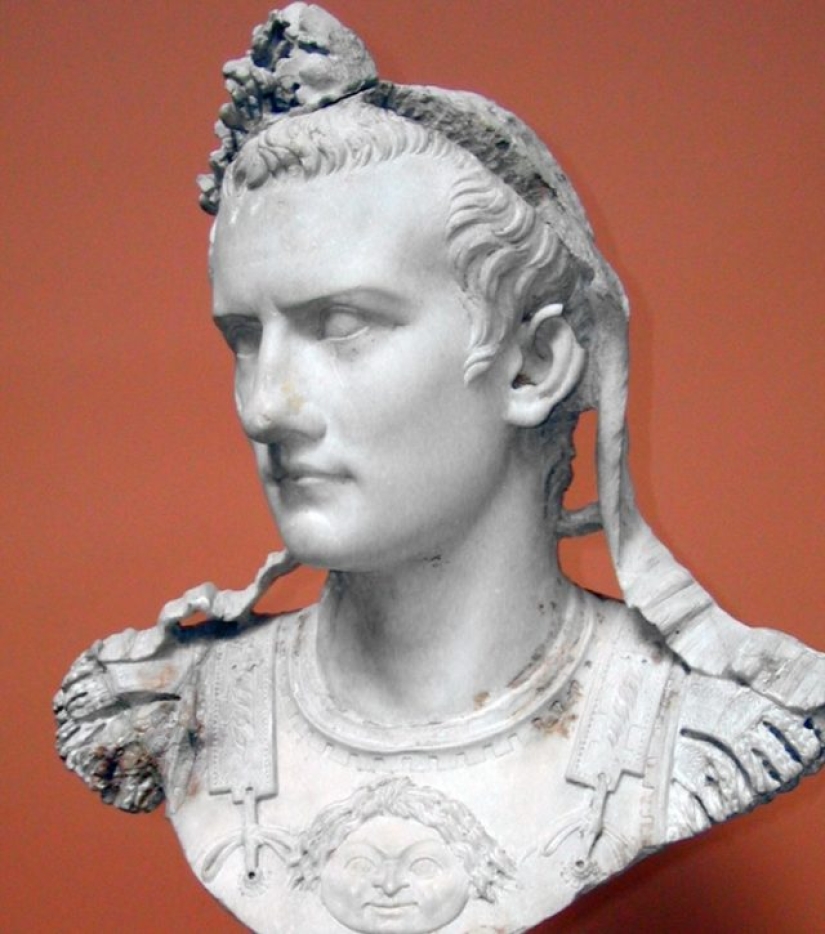
9. Caligula made a horse a senator.
The Roman emperor Gaius Julius Caesar, known as Caligula, used his unlimited power to make his favorite horse a senator.
Keywords: Curious facts | Different sides | Medicine | Society | Lifestyle
Post News ArticleRecent articles

Sandy beaches grey, brown or even white shade is quite usual for us. Even rocky beaches with sharp cliffs that attract the bravest ...

What if you don't want to bother, but wishes to earn $ 300 million? A bit of options and the best of them found the two lover ...
Related articles

For many years we are actively taught that modern foods are insufficient, the content of useful substances. Because of this, our ...

Despite the fact that sexually transmitted diseases have been known for more than one century, they were effectively treated ...

Self-medication for people in the post-Soviet space is the most common thing. Most of us believe that before going to the doctor, ...

A good imagination and ability to think creatively is, of course, fine. But even here it is necessary to know the measure! And two ...